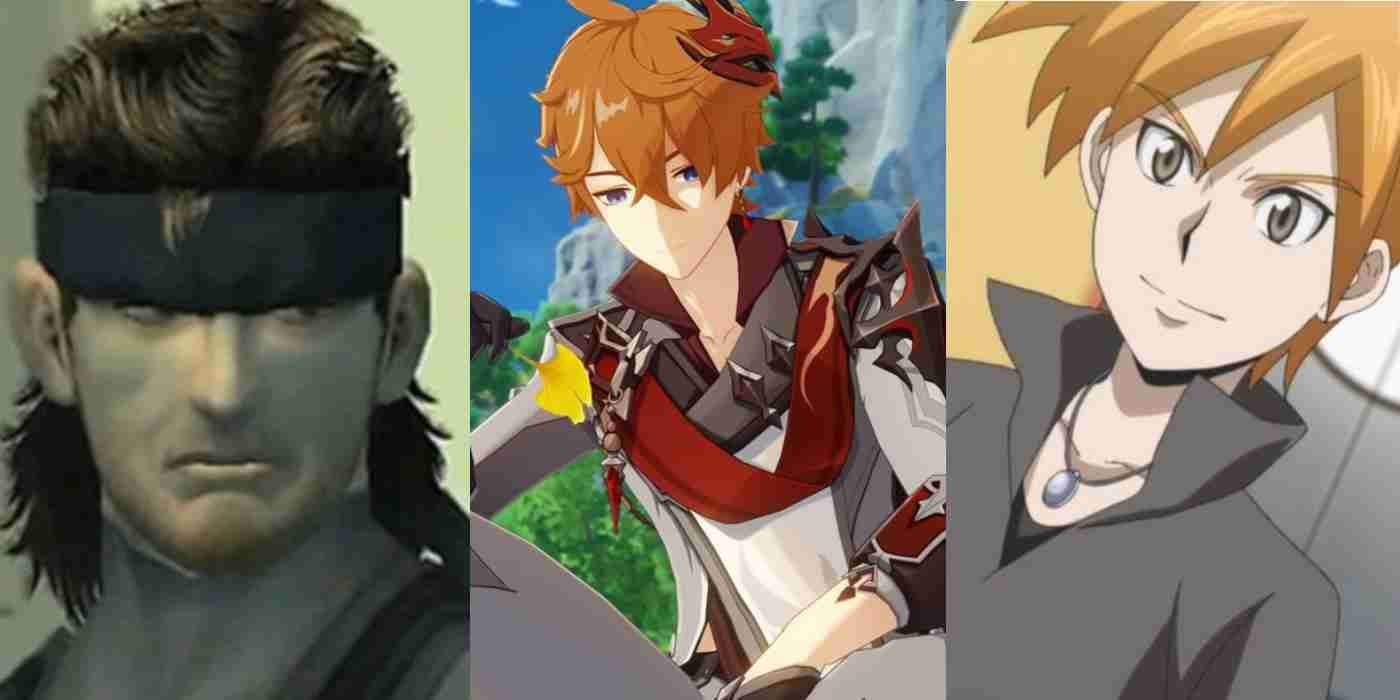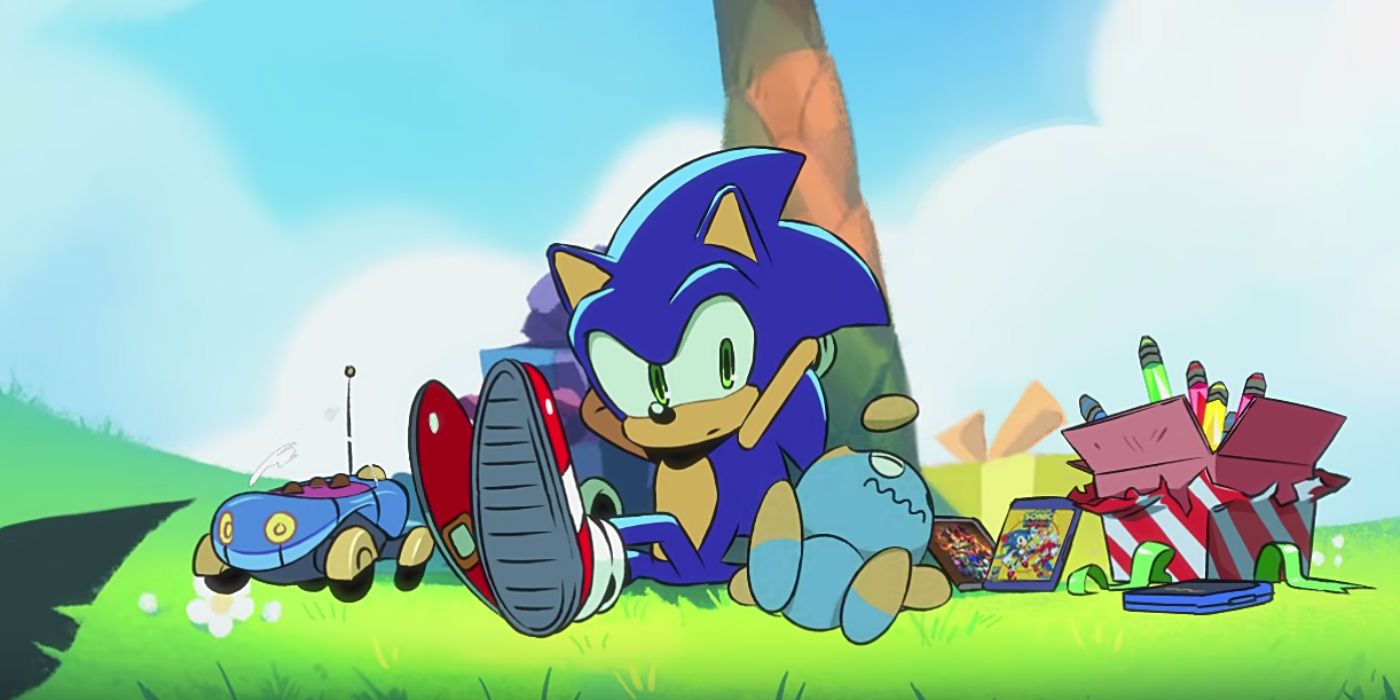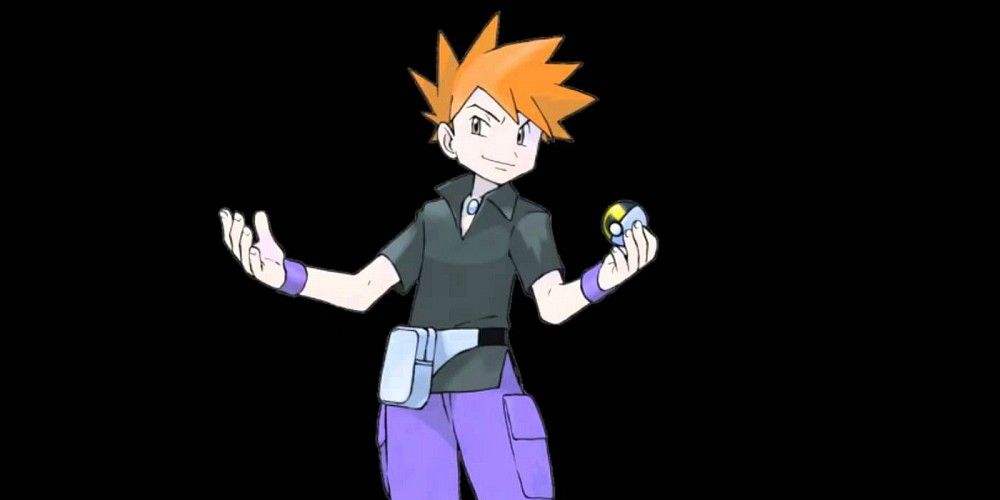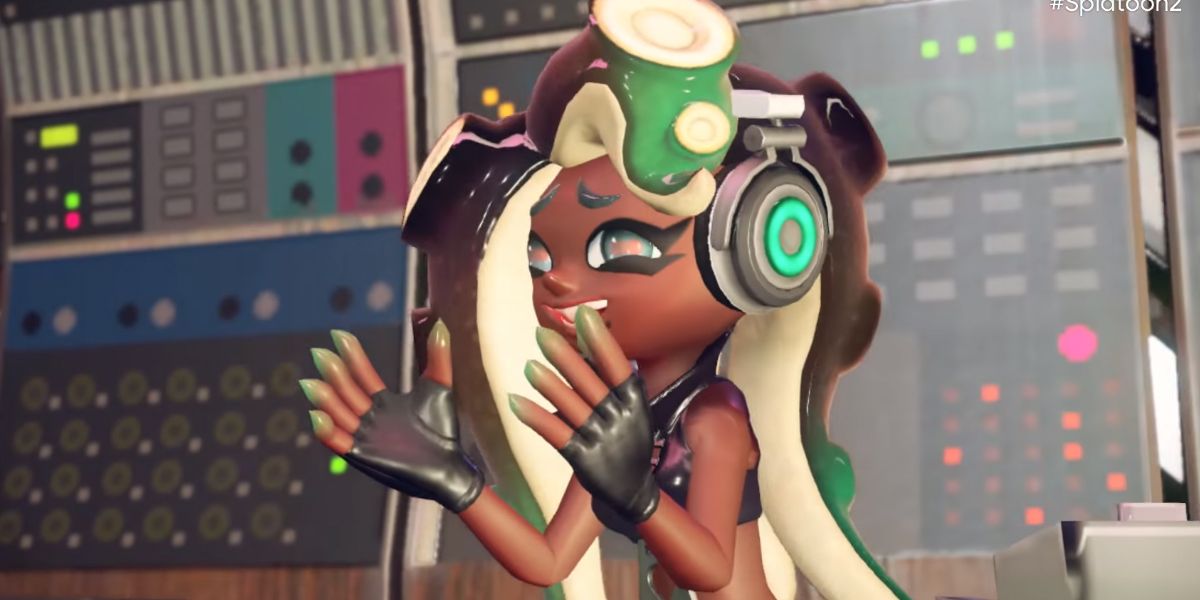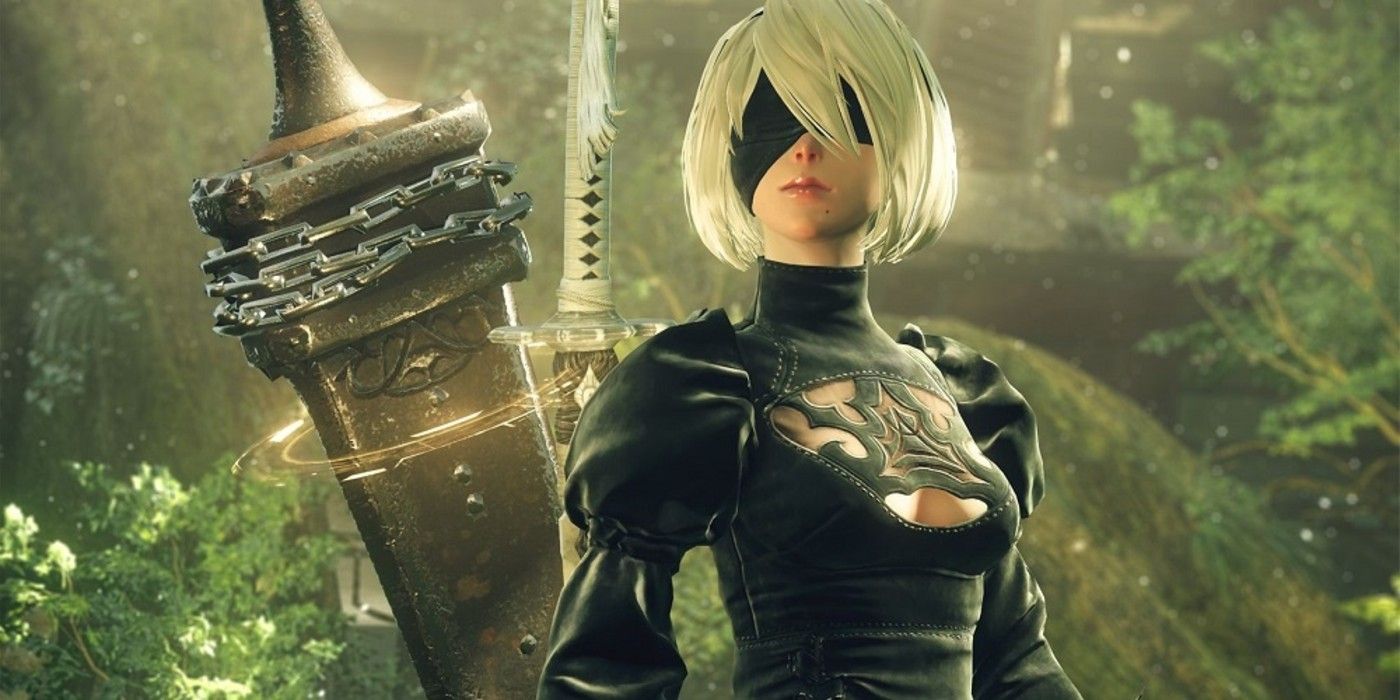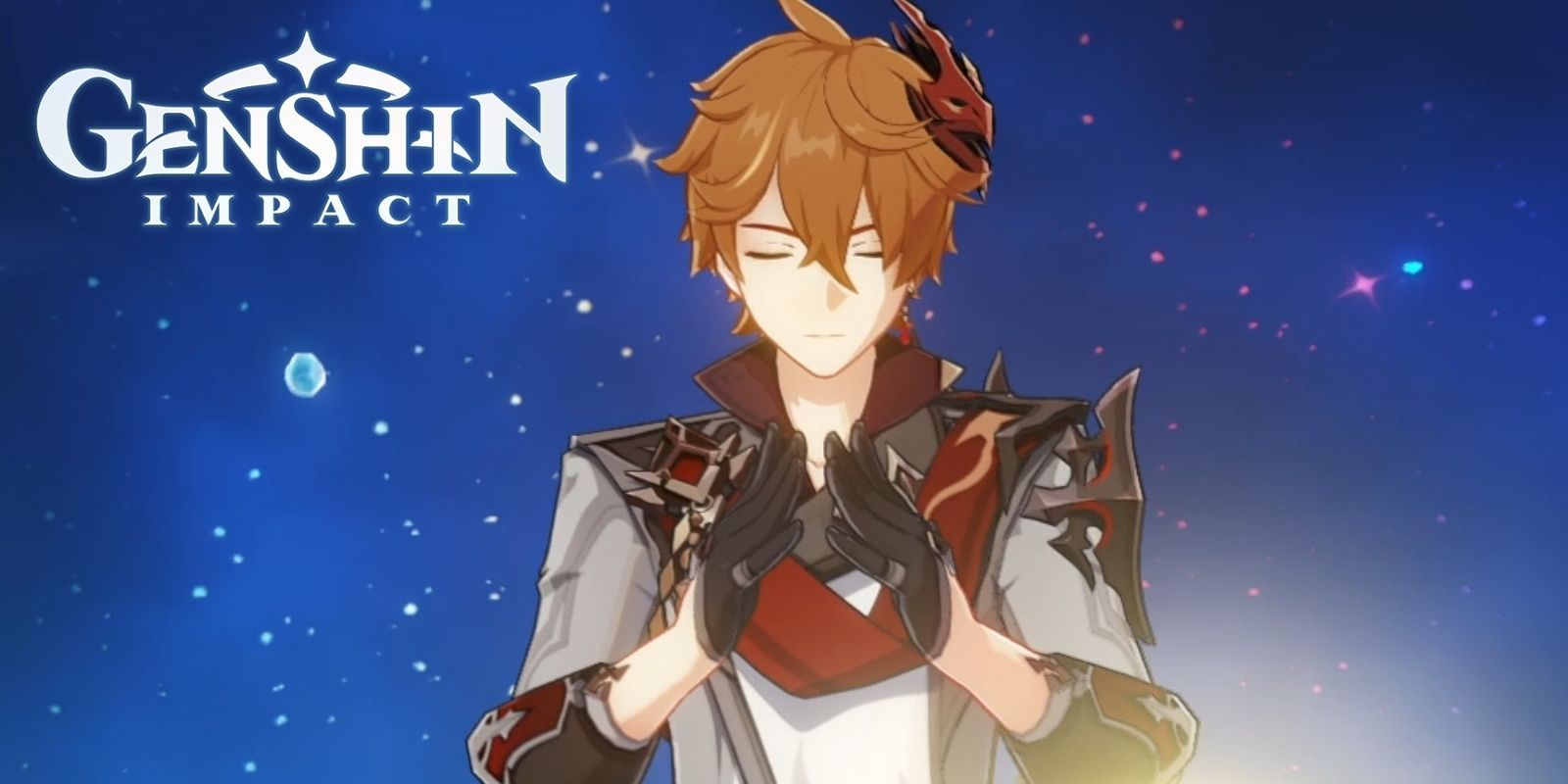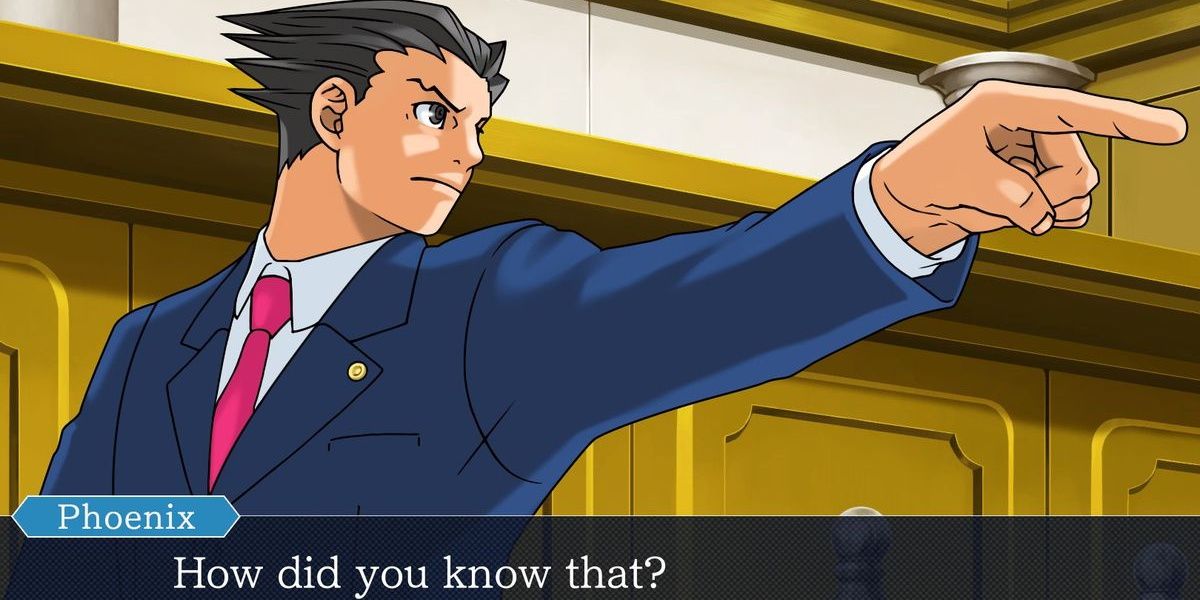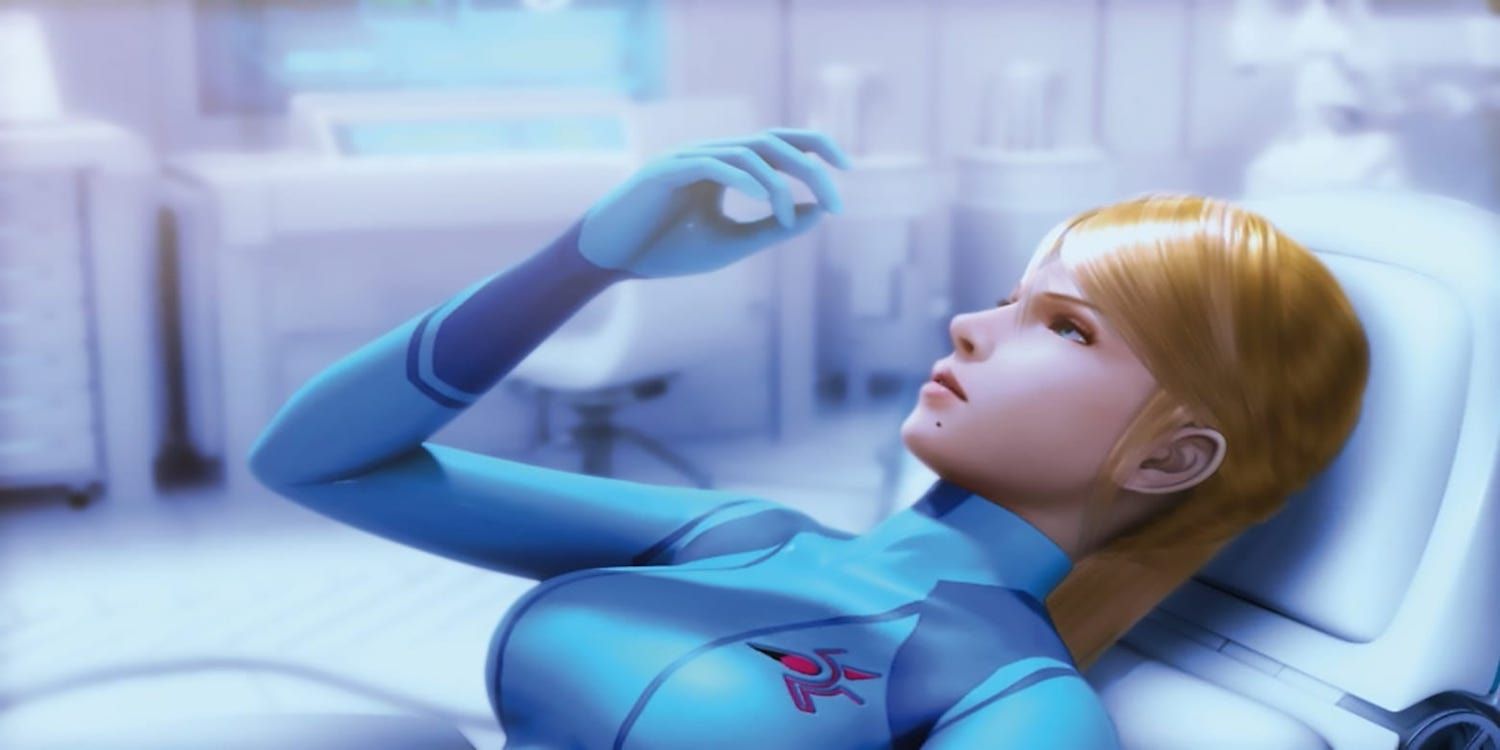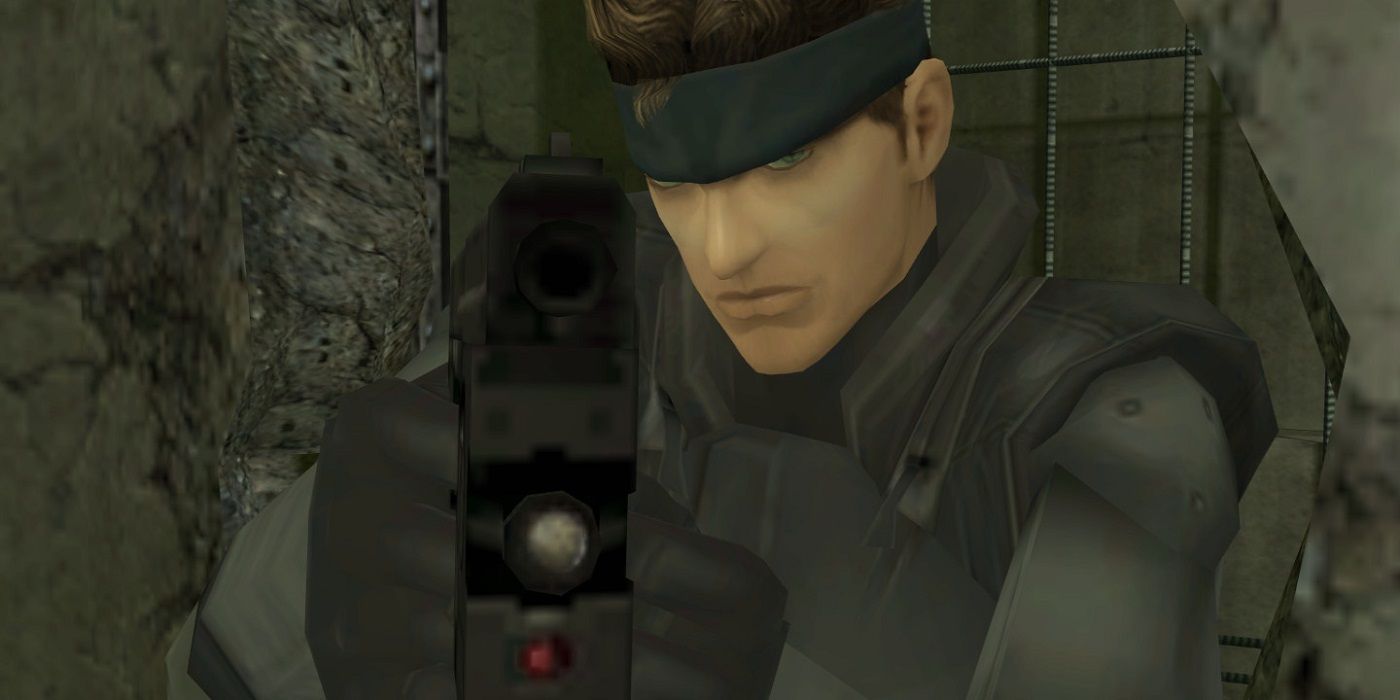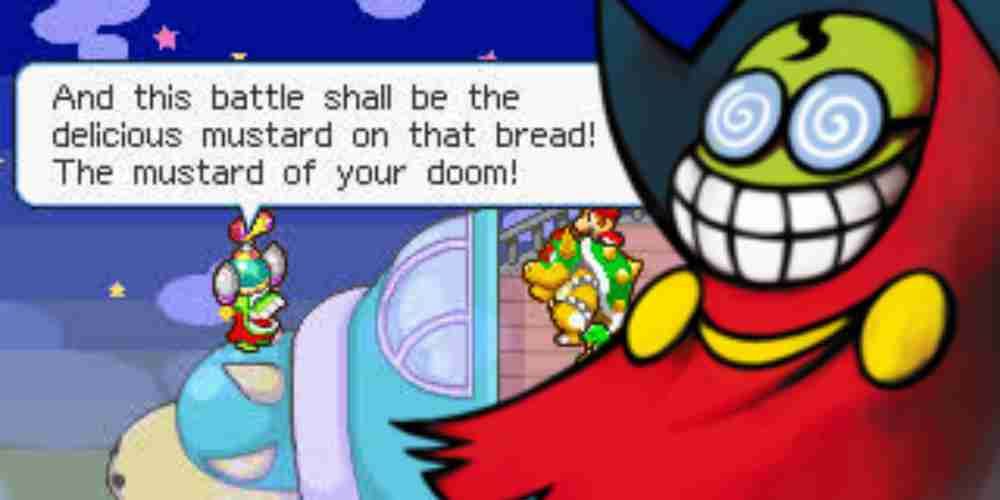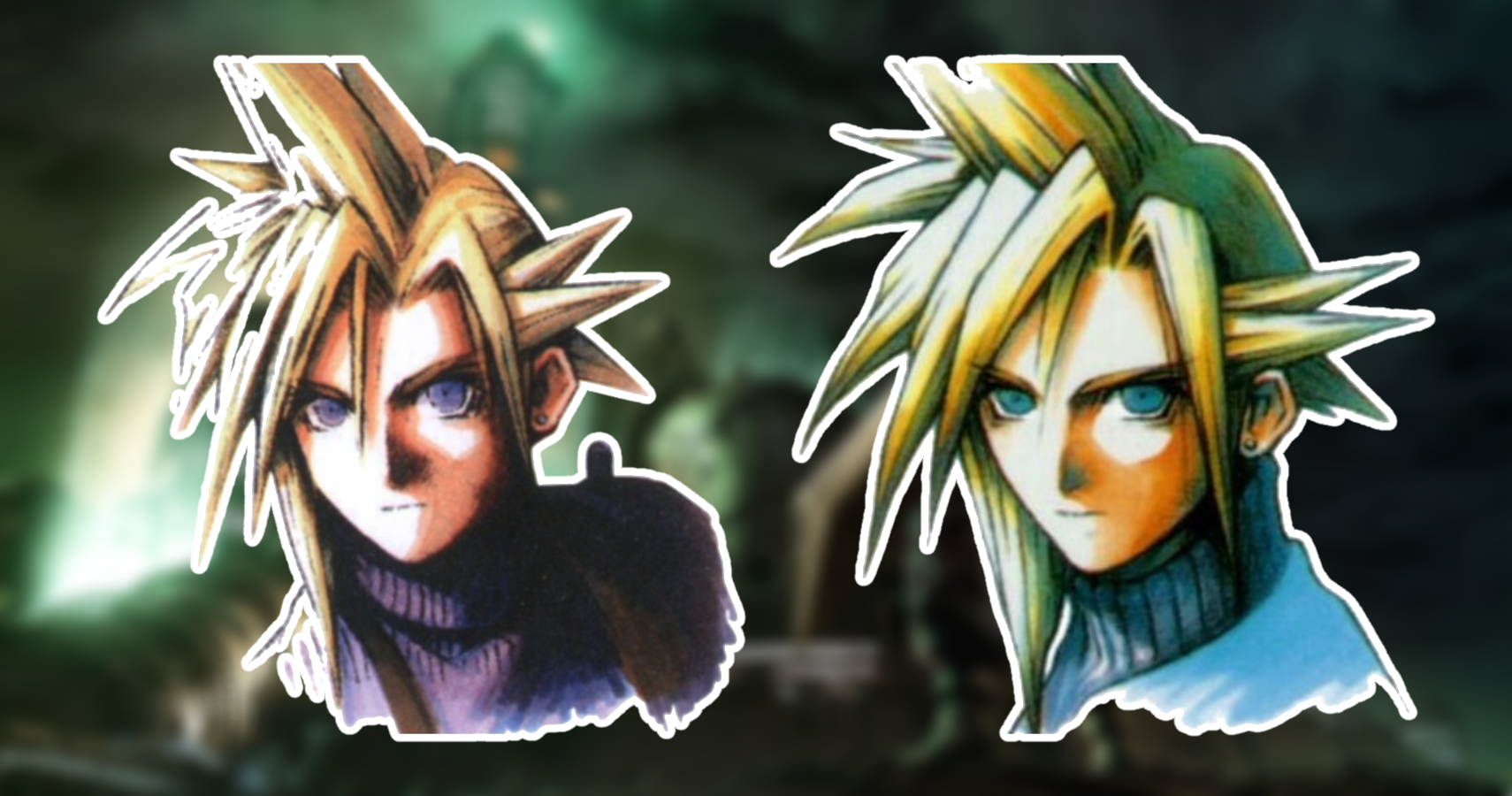Nor every video game character is an unchanging monolith. Sometimes characters have to change beyond their original vision. With so many characters hailing from countries around the world, characters will be changed for different audiences. It's just the nature of the industry.
Not every dub or localization tweak is minor, however. Characters sometimes change in major ways in the new translated version, whether due to actor inflection or script changes. Sometimes, these changes are unpopular and are changed back in a re-release or remake. But sometimes fans will prefer the new direction, and it creates some of gaming's most iconic characters.
Sonic - Sonic The Hedgehog
Sonic's appearance on this list may surprise some gamers. His personality is so well-defined to pretty much everyone as wise-cracking. But it's a well-known fact that the original game scripts and the localized scripts for the Genesis classics were different. This extended to Sonic himself, who was actually portrayed as more of a laid-back islander than a mascot with attitude.
This is the reason why one of the most iconic images of Sonic is of him relaxing; whether on a tree or even on Tails' plane. But when the series began having a larger focus on the plot, the two scripts began to collide. The dub attempted to merge the two characterizations. This failed, and nowadays it's easy to tell if a Japanese or American studio developed a new Sonic based on his personality.
Blue - Pokémon Red And Blue
Many Pokémon fans are in agreement and don't like that the rivals in Pokémon games are nice now. Some think that the characters were much more compelling when they were rude to the player and long for the days of Blue and Silver. Little do they realize that the Rivals were never that rude in the original script.
While the rudeness of the rivals (Especially in Silver's case) wasn't entirely invented by localizers, it was greatly exaggerated. The iconic "Smell ya later!" was a mere declaration that Blue was leaving originally. This even extended to the anime's Gary Oak, who became ruder in the dub. This makes the rude rival nostalgia somewhat displaced.
Marina - Splatoon 2
In Splatoon 1, Callie and Marie were big hits. The fans loved their banter and the odd-couple duo they ended up having with each other, with one sassy and one goofy. This was mimicked in the English version of Splatoon 2, but Pearl and Marina weren't exactly like that originally.
Splatoon game lore enthusiasts know that Marina has only recently entered Inkling society and is still an outcast. So, in her original dialogue, she's shyer and views Pearl as more of a superior. This is contrasted greatly by the English script, which gave her Marie's sass. The Octo Expansion DLC even gives them a scene where they are finally equals, which isn't present in English.
2B - NieR: Automata
In NieR: Automata, 2B stands out. She's a tough and gritty heroine who takes her role as the head of her missions seriously. Her banter with her automated pod unit and her compatriot 9S establish her as someone who takes no guff. She was still standoffish in the Japanese script but in a completely different way.
Rather than being tough and rude, Japanese 2B was completely monotone and robotic. This makes sense given her android nature, but she is even like this in the game's more emotional scenes. This is clearly done to build up to the reveal of feelings in robots, but considering that 9S has obvious emotions, it does seem odd. This and Kira Buckland's expressive voice acting make this a preferred version of the character.
Childe - Genshin Impact
With Genshin Impact having so many characters and being such a big hit, there are plenty of dub changes out there. Childe is probably the biggest example, however. While the original Chinese script has him playful, the Japanese and Korean dubs play him very seriously. The English dub also has Childe as more playful, but he also comes off as egotistical and cocky.
This is emphasized by certain lines such as his introduction. In English, he's flirtatious, when he's not in other languages. Being inappropriately cocky or serious in situations where he was intended to be playful is an issue. Childe is a major character in the game, so it's shocking that the character is so inconsistent between regions.
Phoenix Wright - Ace Attorney
As expected of a Japanese visual novel, there are plenty of untranslatable elements in the original Ace Attorney games. This resulted in several characters changing because their gimmicks simply could not be translated. Most notably, Trucy Wright and Susato Mikotoba, who had untranslatable pronouns. But the most striking difference between versions is actually Ace Attorney's memorable protagonist character, Phoenix Wright, himself.
Phoenix Wright in the Japanese version is actually characterized chiefly by being a bit of a blank. He's aggressively generic in comparison to the other characters. The translation of the first game gave him more deadpan and snarky dialogue, making him more sarcastic. This makes times when his original personality would resurface unpalatable to western fans.
Samus Aran - Metroid: Other M
Not every personality change in localization is intentional. This was the case in Samus' infamous portrayal in Metroid: Other M. Fans despised this version of Samus for her lack of strong will and swooning over her commanding officer. These elements were present in the Japanese script but worsened by the game's localization including many mistranslations.
Because this game was explaining Samus' origins, series director Yoshio Sakamoto stepped in to handle the English localization. According to a YouTube video by Lexicon Lookout, many ideas were twisted completely because of his lack of understanding of English. Most infamously this was seen in Adam's nickname for Samus: "Lady." It went from something she disliked as a veiled insult to something she liked as an acknowledgment of her womanhood.
Solid Snake - Metal Gear Solid Franchise
Solid Snake from the Metal Gear series is described by the creator, Hideo Kojima, as a jokey character according to 1Up.com. This makes sense, as Snake certainly says and does ridiculous things. But the way Kojima means this is different than the gritty but sometimes distracted tough guy players might be thinking of. The original Solid Snake was supposed to be much more like the beloved manga character, Lupin III.
While the American Snake famously voiced by David Hayter was often weird, he was never silly, at least, not in the way the Japanese version of the character was. This version was frequently gawking at attractive women like a cartoon character, and his non-sequitur hit harder. The American version's lack of Bathos is perhaps why Hayter was eventually cut from the franchise.
Fawful - Mario & Luigi Series
Despite their prevalence, not every Super Mario game is a platformer. There are plenty of great RPGs in the franchise's history, full of beloved characters. But the most beloved character in the Mario & Luigi games was originally much duller. While known for his bizarre speech in English games, Fawful's speech wasn't like that in Japanese.
In the Japanese versions, Fawful merely just ends all of his sentences with a laugh. In the English version, his dialogue is a full parody of old video game translations and he speaks with broken syntax and bizarre metaphors. This change ended up making him one of the most popular characters in the franchise, though.
Cloud Strife - Final Fantasy VII
Final Fantasy VII might be one of the most infamously changed games in localization. Plenty of dialogue was changed up in the localization, either removing subtext or adding new cheesiness. But the character who changed the most was Cloud Strife.
In the original game, Cloud's dialogue was riddled with cliches and cringe-worthy dialogue. This was actually intentional, in order to make him seem like a poser who didn't quite belong. But the English localization made him nicer and removed these cliches to make him more immediately likable. Both of the changes were softened in the Final Fantasy VII Remake, which aims to be very true to the original text.

